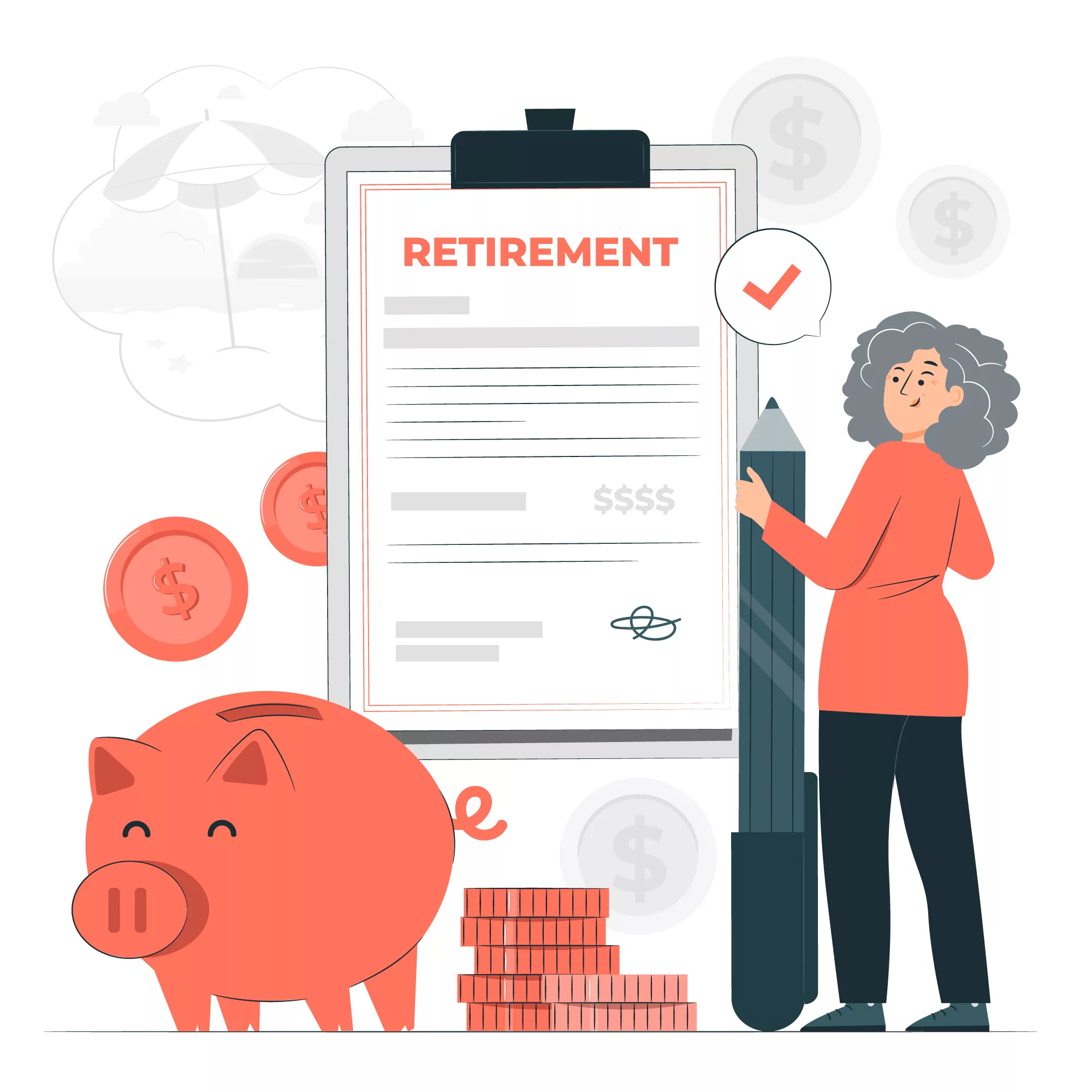Planning for retirement can feel overwhelming, especially if you’re just getting started. The good news is creating a retirement plan tailored specifically to your lifestyle and dreams doesn’t have to be complicated. Here’s a detailed step-by-step guide to help you build a retirement plan suited to your needs.
1. Envision Your Ideal Retirement
Begin by asking yourself: “What do I want my retirement to look like?” Consider not only leisure activities but also your daily routine. Do you see yourself traveling frequently, engaging in new or existing hobbies, volunteering, spending more time with family, or perhaps maintaining part-time employment? Clearly defining your retirement vision will help establish realistic financial objectives and make your plan feel more tangible and achievable.
2. Calculate Your Retirement Needs
Once you have a clear vision of your retirement lifestyle, estimate how much money you’ll need annually to maintain it. Include costs such as housing (mortgage or rent, property taxes, maintenance), healthcare and insurance, groceries, transportation, travel expenses, entertainment, and other discretionary spending. A common benchmark is to aim for approximately 70-80% of your pre-retirement income, but your unique circumstances might differ significantly, particularly if you plan extensive travel or hobbies.
3. Understand Your Current Financial Situation
Take an honest and thorough look at your current finances. Document your savings, investments, debts, income sources, and regular expenses. Understanding your financial baseline allows you to identify gaps between where you are now and where you need to be at retirement. Consider using budgeting tools or financial software to track and visualize your progress.
4. Choose the Right Retirement Accounts
Selecting appropriate retirement savings vehicles is crucial. In Canada, popular options include Registered Retirement Savings Plans (RRSPs), Tax-Free Savings Accounts (TFSAs), and employer-sponsored pension plans. Each has distinct advantages:
- RRSPs: Offer immediate tax deductions and tax-deferred growth, ideal if you expect to be in a lower tax bracket at retirement.
- TFSAs: Provide tax-free growth and withdrawals, offering flexible access to funds without future tax implications.
- Employer Pension Plans: Often include matching contributions from your employer, enhancing your retirement savings significantly.
5. Develop an Investment Strategy
Your investment strategy should reflect your retirement timeline, risk tolerance, and financial goals. Young investors can usually handle higher risks for potentially greater returns, while older investors approaching retirement typically prefer more conservative approaches. All-in-one globally diversified ETFs, such as Vanguard Growth ETF Portfolio (VGRO) for higher-risk profiles or Vanguard Balanced ETF Portfolio (VBAL) for moderate risk, simplify management and offer broad market exposure.
6. Regularly Review and Adjust Your Plan
Regularly reassess your retirement plan to accommodate life changes such as job transitions, family growth, health concerns, or economic shifts. Ideally, review your plan annually or whenever a significant event occurs. Adjust contributions, modify your investment allocations, and revise your financial goals as necessary to stay on course.
7. Plan for Health and Long-term Care
Healthcare costs are significant and often underestimated. Consider the potential need for long-term care insurance, dedicated healthcare savings, or creating an emergency health fund. Understanding and planning for healthcare expenses early ensures greater financial stability and peace of mind in retirement.
8. Seek Professional Advice
Collaborating with a financial advisor can provide invaluable personalized guidance, optimizing your financial strategies to ensure your goals remain achievable. An advisor can help refine your retirement plan, address tax considerations, and manage investments more efficiently.
Example Retirement Plans
Example 1: Sarah’s Travel-Focused Retirement
Sarah is 35 years old, single, with an annual income of $70,000. She plans to retire at age 65. Sarah dreams of extensive international travel in retirement, estimating yearly costs of about $55,000. Sarah saves 15% ($10,500 annually) into her RRSP, benefiting from employer matching of up to 5% ($3,500). She invests primarily in a globally diversified, all-in-one growth ETF that balances stocks and bonds suited to her aggressive risk tolerance, such as the Vanguard Growth ETF Portfolio (VGRO). Sarah also contributes $200 monthly into her TFSA, also investing in VGRO. She reviews her plan annually with her advisor to adjust contributions and maintain a suitable risk profile.
Example 2: John’s Family-Oriented Retirement
John, 45 years old, married with two children, earns $85,000 annually and aims to retire at age 67. John plans to stay near family, engage in local travel, and have annual expenses around $60,000. He allocates 10% of his income ($8,500 annually) evenly between RRSP and TFSA, receiving a 3% employer match ($2,550). Given his conservative risk tolerance, John invests in a balanced, globally diversified ETF like the Vanguard Balanced ETF Portfolio (VBAL). Regular meetings with his financial advisor ensure his approach aligns with his evolving family needs. Additionally, John and his spouse maintain a separate emergency fund and a dedicated healthcare savings fund of $100 monthly.
Final Thoughts
Creating a personalized retirement plan requires thoughtful preparation and periodic adjustments. By envisioning your future, clearly assessing your needs, and strategically saving and investing, you can build a secure retirement aligned perfectly with your lifestyle.





